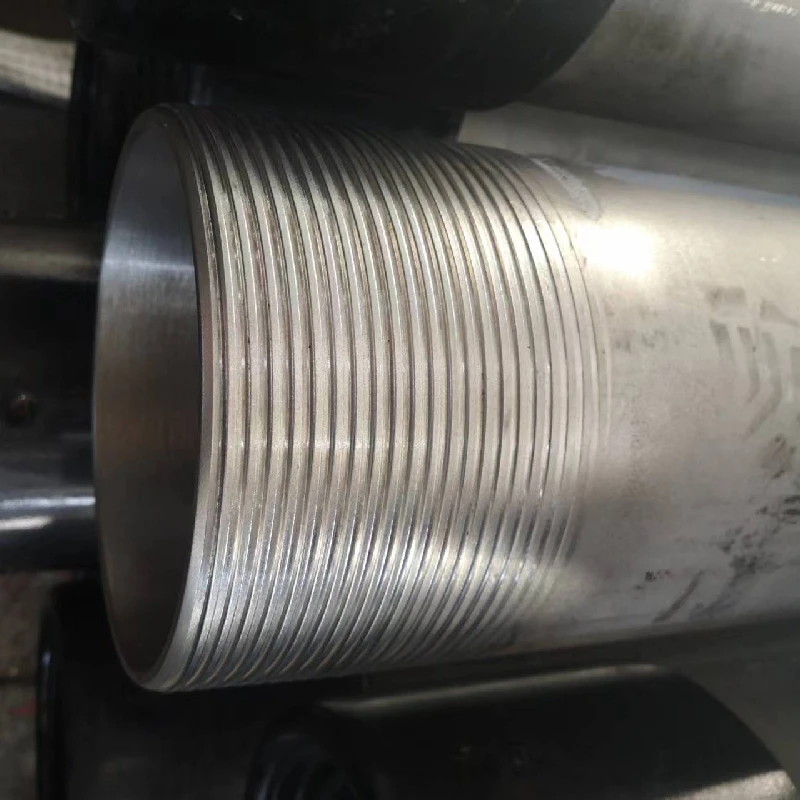- Afrikaans
- Albanian
- Amharic
- Arabic
- Armenian
- Azerbaijani
- Basque
- Belarusian
- Bengali
- Bosnian
- Bulgarian
- Catalan
- Cebuano
- Corsican
- Croatian
- Czech
- Danish
- Dutch
- English
- Esperanto
- Estonian
- Finnish
- French
- Frisian
- Galician
- Georgian
- German
- Greek
- Gujarati
- Haitian Creole
- hausa
- hawaiian
- Hebrew
- Hindi
- Miao
- Hungarian
- Icelandic
- igbo
- Indonesian
- irish
- Italian
- Japanese
- Javanese
- Kannada
- kazakh
- Khmer
- Rwandese
- Korean
- Kurdish
- Kyrgyz
- Lao
- Latin
- Latvian
- Lithuanian
- Luxembourgish
- Macedonian
- Malgashi
- Malay
- Malayalam
- Maltese
- Maori
- Marathi
- Mongolian
- Myanmar
- Nepali
- Norwegian
- Norwegian
- Occitan
- Pashto
- Persian
- Polish
- Portuguese
- Punjabi
- Romanian
- Russian
- Samoan
- Scottish Gaelic
- Serbian
- Sesotho
- Shona
- Sindhi
- Sinhala
- Slovak
- Slovenian
- Somali
- Spanish
- Sundanese
- Swahili
- Swedish
- Tagalog
- Tajik
- Tamil
- Tatar
- Telugu
- Thai
- Turkish
- Turkmen
- Ukrainian
- Urdu
- Uighur
- Uzbek
- Vietnamese
- Welsh
- Bantu
- Yiddish
- Yoruba
- Zulu
Exploring the Distinction Between Casing and Tubing in Oil and Gas Operations
Understanding the Difference Between Casing and Tubing in Oil and Gas Industry
In the oil and gas industry, the extraction of hydrocarbons from underground reservoirs requires a complex system of equipment and infrastructure. Among the key components in the drilling and production process are casing and tubing—two essential types of pipes that serve different purposes. Understanding the distinction between casing and tubing is crucial for anyone involved in oil and gas operations, from engineers to field workers.
What is Casing?
Casing refers to the large diameter pipes that are installed in the wellbore after drilling is completed. The primary function of casing is to stabilize the well, protect the integrity of the formation, and prevent the collapse of the wellbore walls. Casing is typically made of steel, and its installation involves several crucial steps. After drilling to the desired depth, sections of casing are lowered into the well, and cement is pumped down the pipe to fill the annular space between the casing and the wellbore walls. This cementing process creates a barrier that isolates the different layers of geological formations, preventing the migration of fluids and gases.
Casing comes in various types, including surface casing, intermediate casing, and production casing, each serving distinct functions. Surface casing is installed at shallow depths to protect freshwater aquifers, while intermediate and production casing are used to reach deeper formations and manage the production of oil and gas, respectively. The robust nature of casing is essential for maintaining well integrity, especially in challenging geological conditions where high pressures and temperatures exist.
What is Tubing?
In contrast to casing, tubing is a smaller diameter pipe that is inserted into the well after the casing has been installed and cemented. Tubing serves as the conduit through which oil or gas is produced to the surface. The primary function of tubing is to transport hydrocarbons from the producing formation to the surface facilities where they can be processed and refined. Tubing is typically less thick than casing because it does not need to withstand the same external pressures.
Tubing is designed to facilitate the efficient flow of hydrocarbons and is often equipped with various accessories such as packers and safety valves that enhance its functionality. The tubing string can be easily removed and replaced, allowing for maintenance or adjustments during production. The flexibility and ease of access to tubing are significant advantages, as they enable operators to perform interventions when necessary without needing to pull the entire casing system.
what is the difference between casing and tubing?

Key Differences Between Casing and Tubing
1. Functionality The primary purpose of casing is to provide structural integrity and isolate different geological formations, while tubing is specifically designed for the transportation of produced hydrocarbons to the surface.
2. Diameter and Thickness Casing has a larger diameter and is typically thicker than tubing, as it must withstand external pressures and provide stability to the wellbore. Tubing is smaller in diameter and has a thinner wall because it is primarily subject to internal pressures from the produced fluids.
3. Installation Process Casing is installed during the drilling process and cemented in place to ensure stability, whereas tubing is installed afterward, typically after the well has been completed and the casing has been set.
4. Maintenance While both casing and tubing require maintenance, tubing can be easily removed and replaced if issues arise, whereas casing is a permanent component of the well structure.
Conclusion
In summary, understanding the difference between casing and tubing is essential for anyone involved in the oil and gas industry. Both components play crucial roles in ensuring the successful extraction of hydrocarbons, but they serve different functions and are designed with different specifications. Proper management and maintenance of both casing and tubing systems are vital for maximizing production efficiency and ensuring well safety. As the industry continues to evolve and technology advances, knowledge of these fundamental elements remains a cornerstone for successful oil and gas operations.
-
Tubing Pup Joints: Essential Components for Oil and Gas OperationsNewsJul.10,2025
-
Pup Joints: Essential Components for Reliable Drilling OperationsNewsJul.10,2025
-
Pipe Couplings: Connecting Your World EfficientlyNewsJul.10,2025
-
Mastering Oilfield Operations with Quality Tubing and CasingNewsJul.10,2025
-
High-Quality Casing Couplings for Every NeedNewsJul.10,2025
-
Boost Your Drilling Efficiency with Premium Crossover Tools & Seating NipplesNewsJul.10,2025







